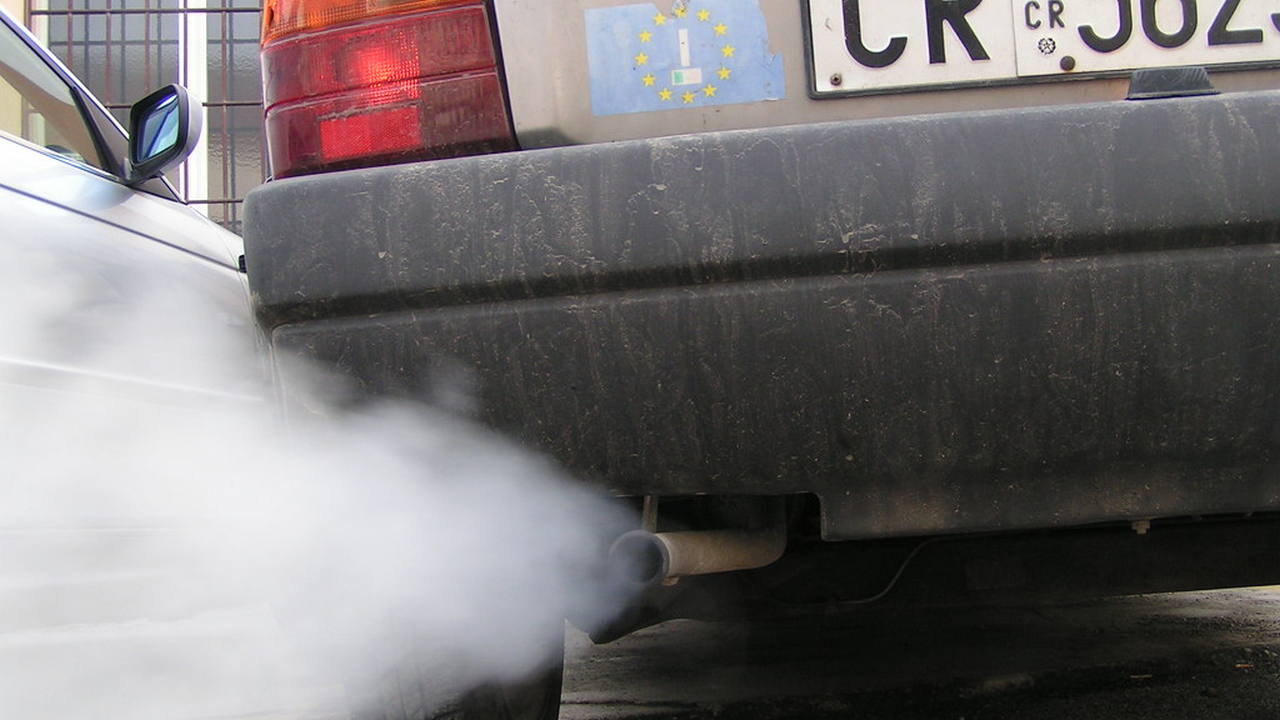A new Catalyst: To Convert Carbon Dioxide into Natural Gas
The Engineers at the Stanford University have developed a new catalyst that helps to turn carbon dioxide from cars into fuels like propane or natural gas.
About the Research
Catalysts induce chemical reactions without being used up in the reaction. In this new research scientists have combined ruthenium and iron oxide nano particles to form the new catalyst. The ruthenium nuggets sit in the core of the catalyst surrounded by an outer sheath of iron. This arrangement activates the hydrocarbon formation from Carbon-Dioxide.
Earlier methods
The earlier methods invented so far have only produced the simplest hydrocarbon methane from effluents of vehicles. This method produces propane and other higher hydro carbons including natural gas. Also, earlier methods involve two steps of processes. They first reduce carbon dioxide to carbon monoxide and then the second step involves combining carbon monoxide and hydrogen to form hydrocarbons
Ruthenium
It is a transition element belonging to platinum group of elements. It is gaining importance in the recent years after scientists discovered its electrical applications in contacts and thin film resistors. Since then the annual production of ruthenium from the platinum ores have increased from 19 tons in 2009 to 35.5 tons in 2017.
Month: Current Affairs - October, 2019


